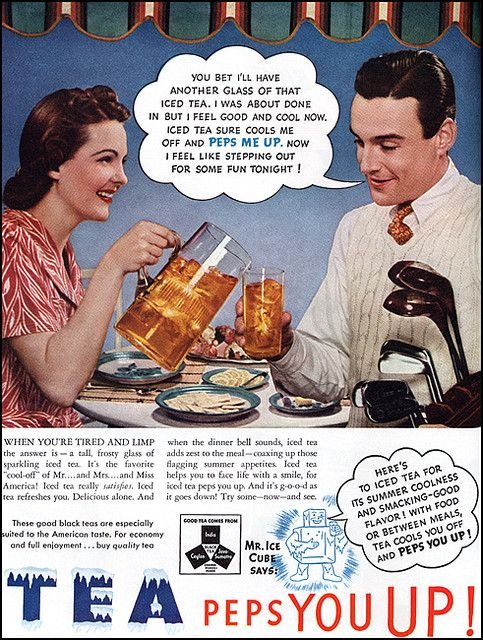“The wedding was very much like other weddings, where the parties have no taste for finery or parade; and Mrs. Elton, from the particulars detailed by her husband, thought it all extremely shabby, and very inferior to her own.—“Very little white satin, very few lace veils; a most pitiful business! . . . —But, in spite of these deficiencies, the wishes, the hopes, the confidence, the predictions of the small band of true friends who witnessed the ceremony, were fully answered in the perfect happiness of the union.” — Jane Austen, Emma
Etiquetteer has done a pretty good job this month attempting to be Blissfully Unaware of the world at large*, but was brought down with a thump this morning when a dear friend and reader lobbed this New York Times article over the transom: “Some Couples Are Charging Guests to Attend Their Weddings.” Needless to say, Etiquetteer is Appalled with Two Ps.
The Wedding Industrial Complex has brainwashed people into the inviolability of the Elaborate Wedding. People . . . this is not necessary! The marriage of two people has become snowed under with novelty transportation and other excesses. The article states that “. . . the approach of selling tickets to a wedding has mostly upset guests, many of whom have expressed the opinion that it is in poor taste for the couple to put their financial burden onto their guests and that there are more cost-effective ways for couples to have a wedding.” There sure are!
And at the top of that list is the home wedding, when both ceremony** and reception take place in someone’s house. Everyone who must be there is squashed in somehow, a stand-up buffet with cake is served, and the guest list is reduced by not asking anyone who would need to fly in to be present. When President Woodrow Wilson married Edith Bolling Galt in 1915, everything took place at her Washington home, with 50 guests stuffed into drawing and dining room and all the furniture removed.*** When researching Elements of the Victorian Wedding this winter, Etiquetteer discovered the correspondence of a bride and groom**** who planned their entire wedding in barely a month (!) in December (!) for New Year’s Eve (!). They couldn’t decide whose house to hold it in until the week before, and their roughly two dozen wedding invitations were all handwritten letters sent just after Christmas (!). The bride firmly vetoed the groom’s extravagant suggestion to serve one glass of champagne each, and only one, to the guests because it was too costly. It was an afternoon wedding, after which the Happy Couple left immediately for New York by train. (We must remember that New Year’s Eve wasn’t as important as New Year’s Day at this time.)
And guess what? They had a long and happy married life together! And all without a banquet with three different entrées, a DJ, a chorus of attendants, and, as mentioned in that Times article, “a double-decker bus that took guests to New York landmarks that were significant in their love story.” When an Occasion becomes a Burden, it takes away from both the importance and the beauty of the Occasion. Etiquetteer encourages you to let simplicity be your guide.
*As Miss Scarlet so memorably said in Clue, “It’s my defense mechanism!”
**Before you observe that not all religious traditions permit home weddings, please see Etiquetteer’s first footnote on that very subject here.
***Etiquetteer’s account of the wedding is here.
****Robert S. Valentine and Sophia French, correspondence in the collection of the Massachusetts Historical Society.



























